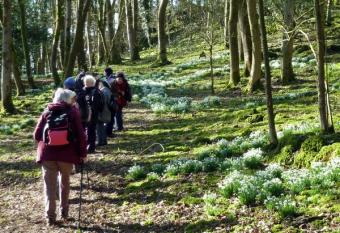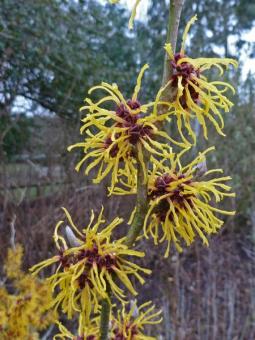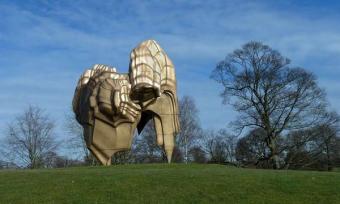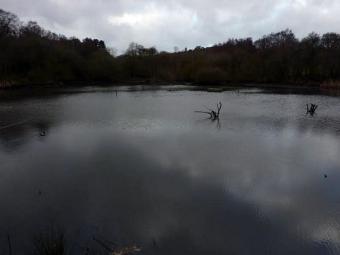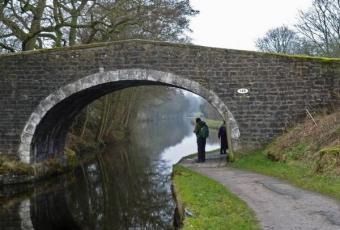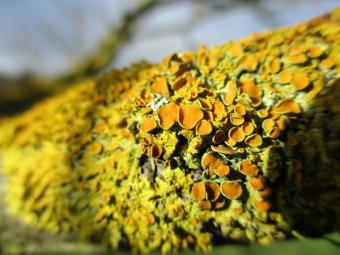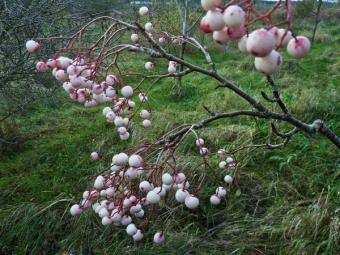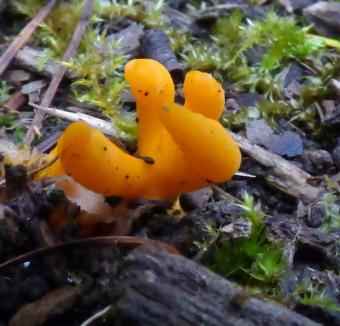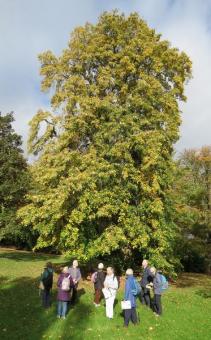WFV, Potteric Carr YWT, 20th March 2018
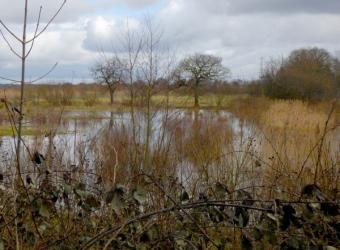 Tree ReflectionsThere were twelve of us today, and we started our tour of the reserve on the loop around the Beeston Plantation in the hope that we could get a glance of the Lesser Spotted Woodpecker than has been seen on few occasions. We weren’t to be so lucky but did get good views of a couple of Treecreepers. The plantation is mainly birch trees, and they were covered in Hoof Fungus.
Tree ReflectionsThere were twelve of us today, and we started our tour of the reserve on the loop around the Beeston Plantation in the hope that we could get a glance of the Lesser Spotted Woodpecker than has been seen on few occasions. We weren’t to be so lucky but did get good views of a couple of Treecreepers. The plantation is mainly birch trees, and they were covered in Hoof Fungus.
The next stop were the hides near Willow Marsh. Again, we weren’t lucky enough to see the Bittern which had been seen here over the past few days. The man we spoke to in the hide had been sitting there since 7am to get a view (he had had 4 sightings), but considering we choose to take a broader view of the reserve, it’s not surprising we didn’t see the bittern on this visit.
After lunch, and a view of c.50 Siskin feeding in a alder tree near the education centre, we passed under the railway and to Huxter Well Marsh. Here there are areas of open water separated by reeds. On the water we saw Shoveler, Pochard, Gadwall, Tufted Duck, a pair of Shelduck, a few Teal and quite a number of Black-headed Gulls. There were several Little and Great Crested Grebes and, amidst a wintery shower, we felt confident in the identification of the resident Black-necked Grebe. We saw a couple of Egyptian Geese feeding as they waded through standing water.
In total we saw 39 bird species on the reserve, As we arrived there was a Kestrel over the new visitor centre and Goldcrest, Bullfinch and Tit species were seen along the tree-lined pathways. We could add buzzard to the count as we passed 4 on the A1 on our return home.
There were a few plants in flower, but only a few. The Coltsfoot shone brightly in the wintery vegetation. By the afternoon we could actually feel some warmth in the sun. Today is the spring equinox, let’s hope from now on we see an improvement in the weather.
More photos in the gallery.
Julia

